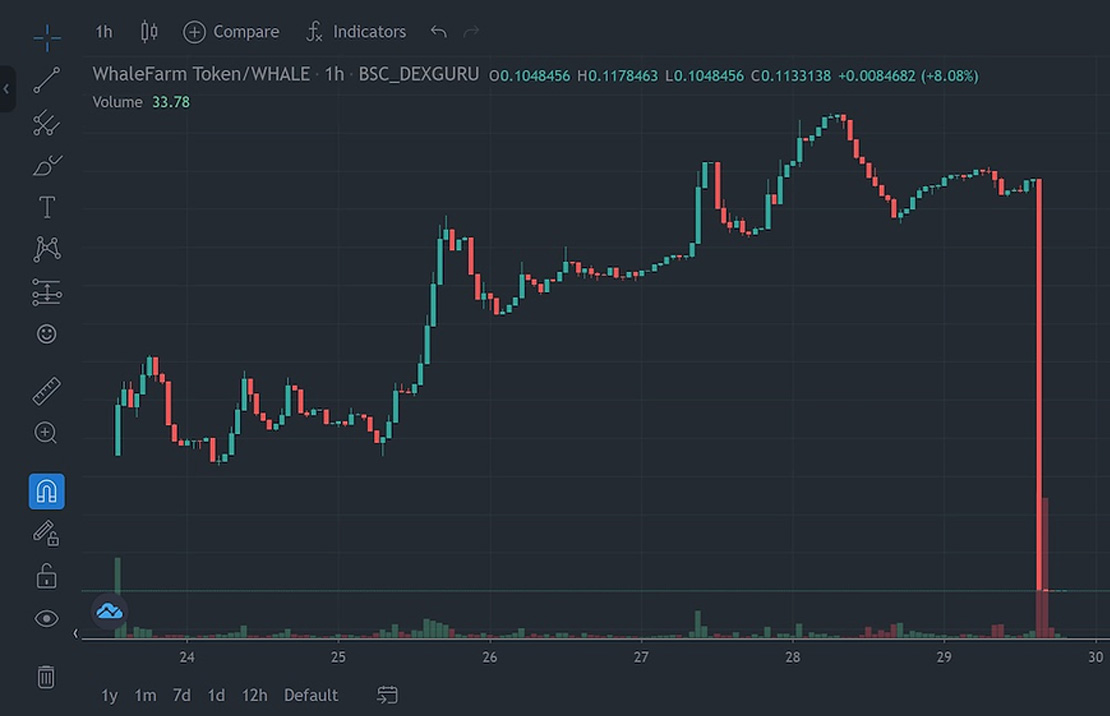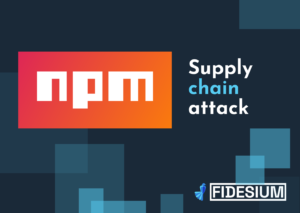The cryptocurrency space is often compared to the Wild West – largely unregulated, where degens and normies alike transact in an ecosystem full of risk and opportunity. In this environment, ‘rug pulls’ have become a major concern for crypto investors. A rug pull refers to when developers of a new cryptocurrency abandon the project and make off with investors’ funds. Understandably, this has made many wary of new and unproven crypto projects.
However, not every failed crypto project is a malicious rug pull. Sometimes, projects simply fail due to poor management, market conditions, or unforeseen circumstances. The line between an intentional scam and a project that went belly-up can be blurry. The large gray area here makes little difference to the investor, lost funds are lost funds So how can investors tell the difference?
A few factors to consider:
- Social – Do the developers communicate regularly with investors and update progress? Lack of communication may indicate an exit scam.
- Contract – Was the project code audited by reputable third parties? Audits build trust and reduce scam potential.
- Vesting schedules – Are founder token unlocks delayed, i.e. vested over months/years? Immediate unlocks are a red flag.
- Decentralization – Is the project governance and treasury access distributed? Centralized control enables rug pulls.
- Progress – Does the project deliver working products and meet roadmap goals? Lack of progress indicates potential issues.
- Transactions – Can on-chain activity be tracked? On-chain transparency makes rug pulls harder.
- Liquidity – What is the ratio of liquidity to the market cap? Is a sufficient amount of liquidity burned or locked.
How to mitigate the risk
While examining these factors can help, there are no guarantees. This is why tools like Fidesium are so valuable. Fidesium analyzes on-chain data to score crypto projects on transparency, security, decentralization, investor rights and other metrics.
The Fidesium Risk Score can help investors quickly gauge the legitimacy of new crypto opportunities. In an ecosystem where 900+ projects can be launched daily it is impossible for solo traders to always DYOR.
The sheer volume of information combined with the know-how to correctly parse disparate sources of said information makes this task a daunting one. Having quick access to high-level points of concern about any project is crucial to be able to make timely decisions in this space.
Why risk matters
Rug pulls erode trust in the crypto ecosystem. But not all project failures are nefarious – some are due to inexperience or poor planning. By analyzing on-chain activity and project fundamentals, tools like Fidesium aim to bring greater transparency to this complex, high-risk environment. For investors, it provides insight to better evaluate opportunities and avoid the wild west pitfalls.
Because there are no guarantees all we have once the obvious frauds and scams are dealt with is a level of probability of which way a project may break.



